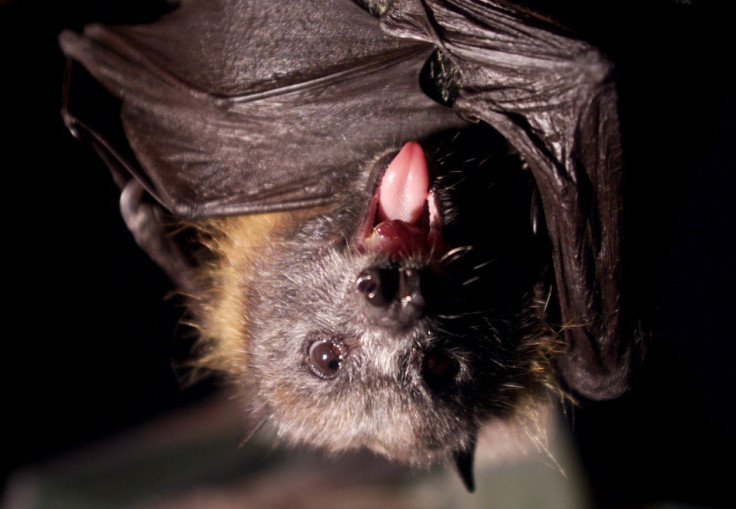Vampire Bats Can Sense Blood

Infrared sensors on the lips of Vampire bats allow the animals to locate blood vessels in their prey, scientists have discovered.
Vampire bats feed entirely on blood and need a daily intake to survive.
The nerves on their lips allow the bats to pinpoint the blood vessels closest to their prey's skin, increasing efficiency when they need to feed.
Bats hunt at night, crawling along the ground and onto their prey before using their sensors to locate the flow of blood up to 20cm below the skin.
David Julius, a physiologist at the University of California, San Francisco, headed up a team in South America that examined tissue from wild Vampire Bats.
The bats upper lips were found to be covered with TRPV1, a heat detecting molecule that normally detects temperatures above 43C but that had been reduced to 30C in the bats, allowing them to detect heat radiating from warm blood vessels near the surface of their prey's skin.
He said: "The vampire bat makes these two different forms of the molecule, one of which is specifically involved in detection of infrared radiation."
The results were published in Nature on Thursday.
Julius added: "For some time, people thought that bats were more closely related to rodents because of their anatomical features. In more recent years, with the advent of genomic methods, there have been a number of groups that postulated the fact that bats are more closely related to this other superorder. Bats are not as closely related to rodents and humans as they are to dogs, cows and whales."
Follow Joe Rennison on Twitter here.
E-mail your story ideas to j.rennison@ibtimes.co.uk
© Copyright IBTimes 2024. All rights reserved.





